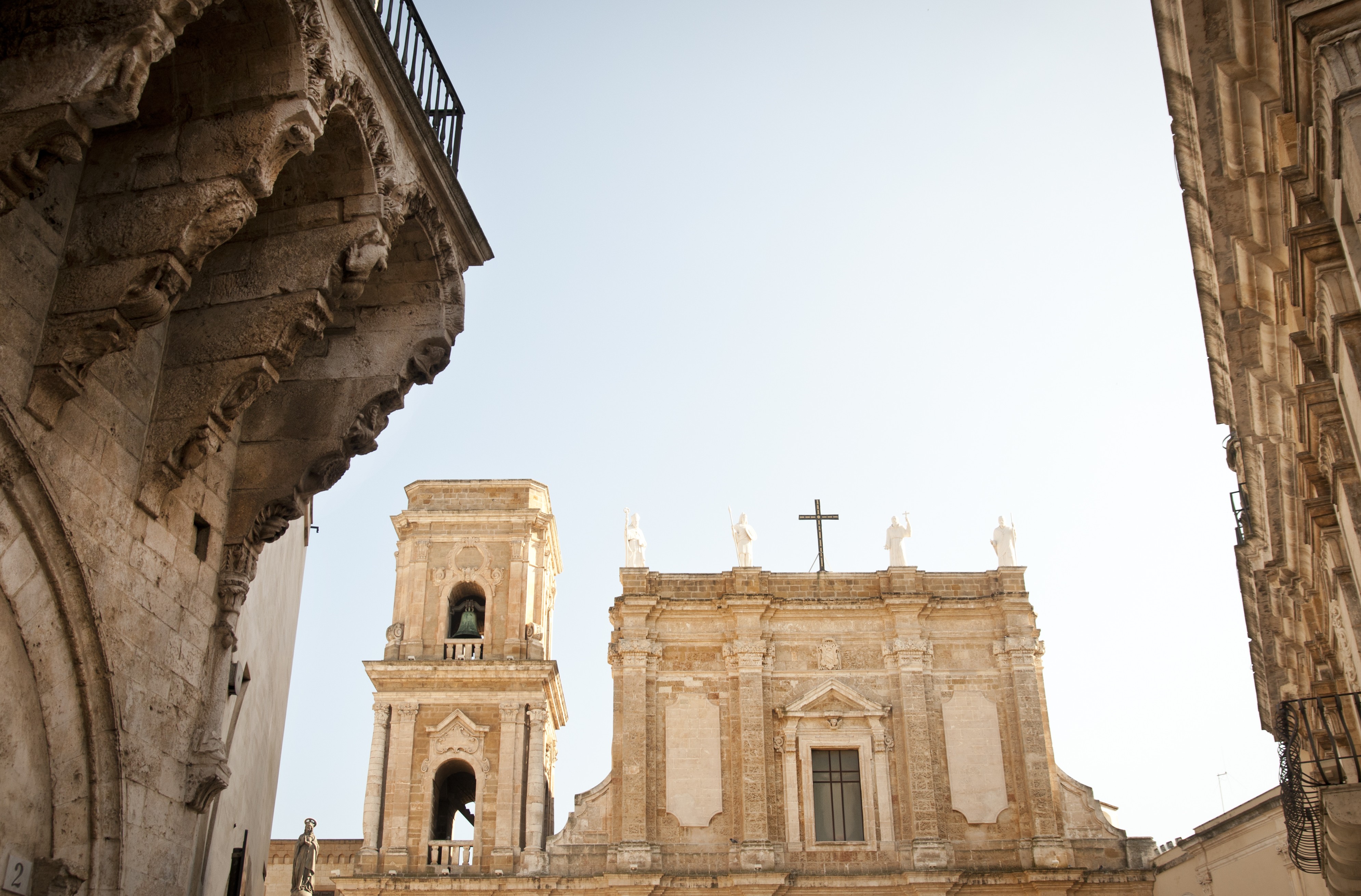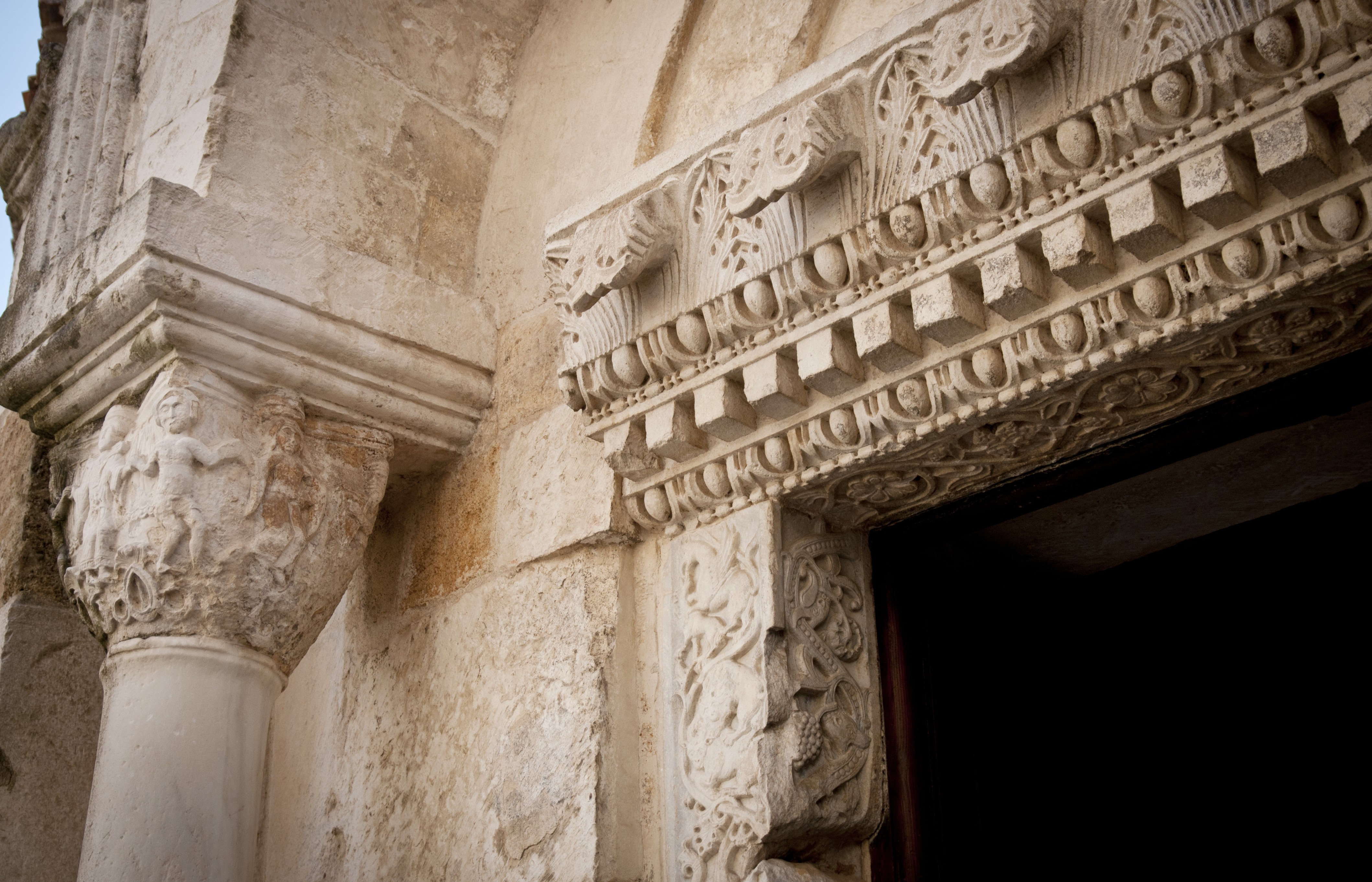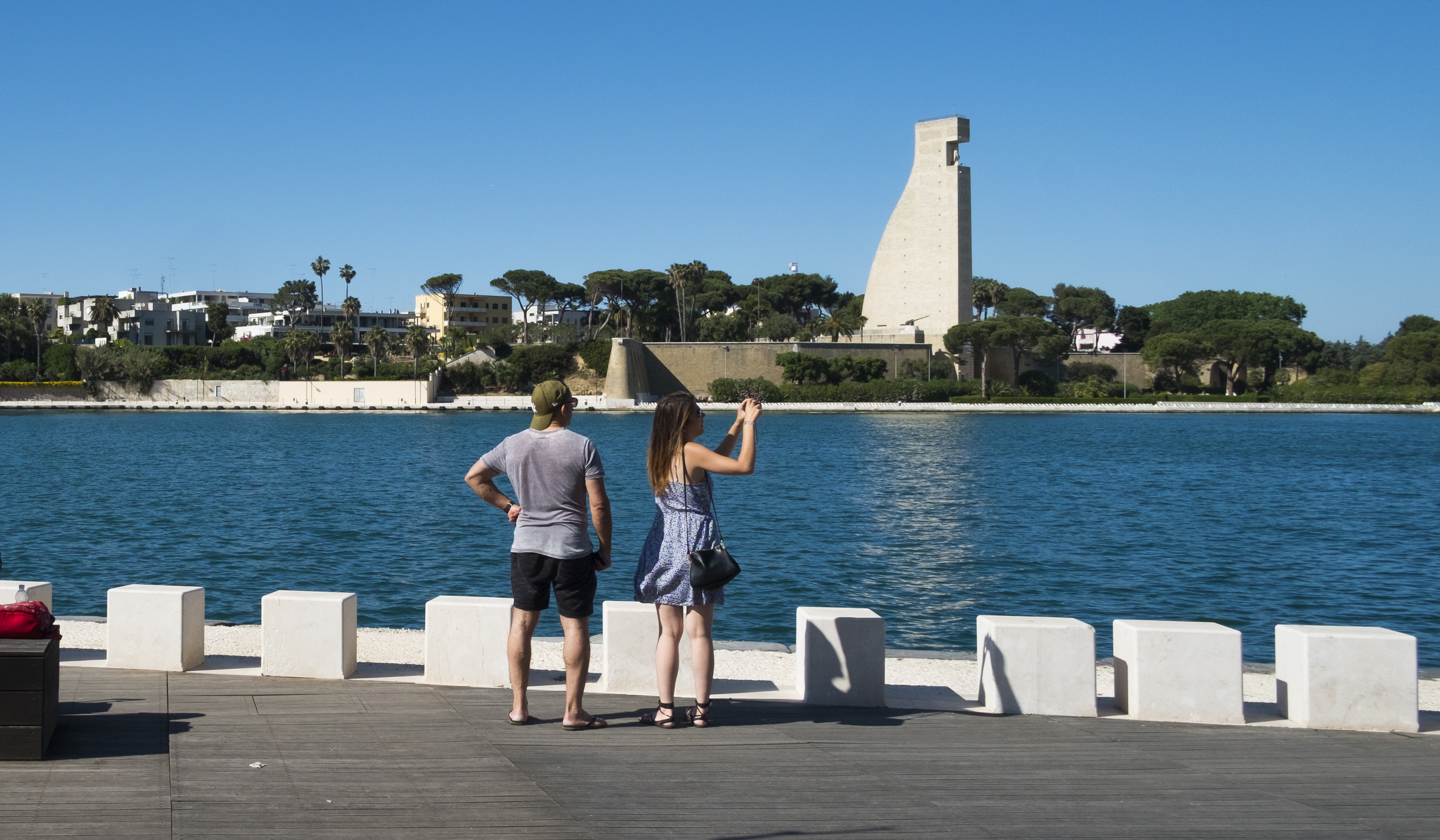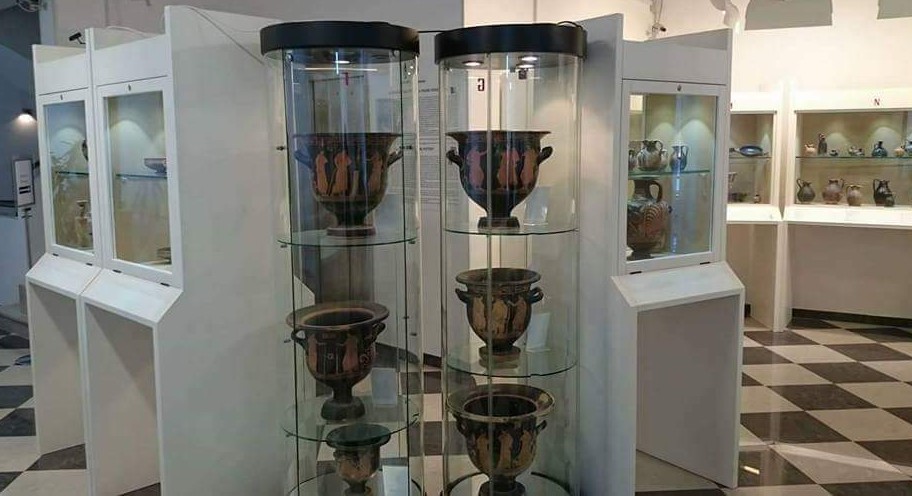

 Brindisi
Brindisi 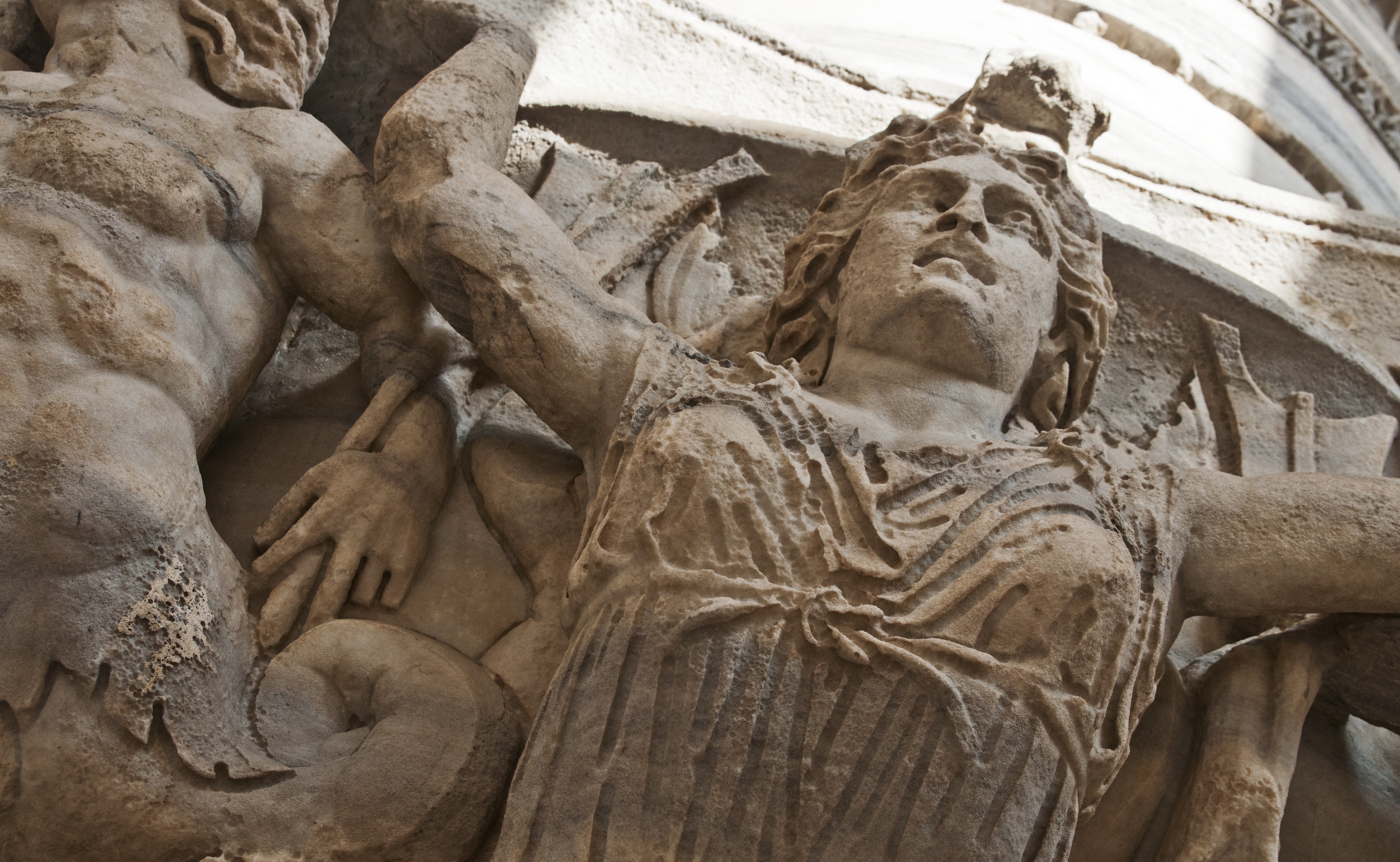
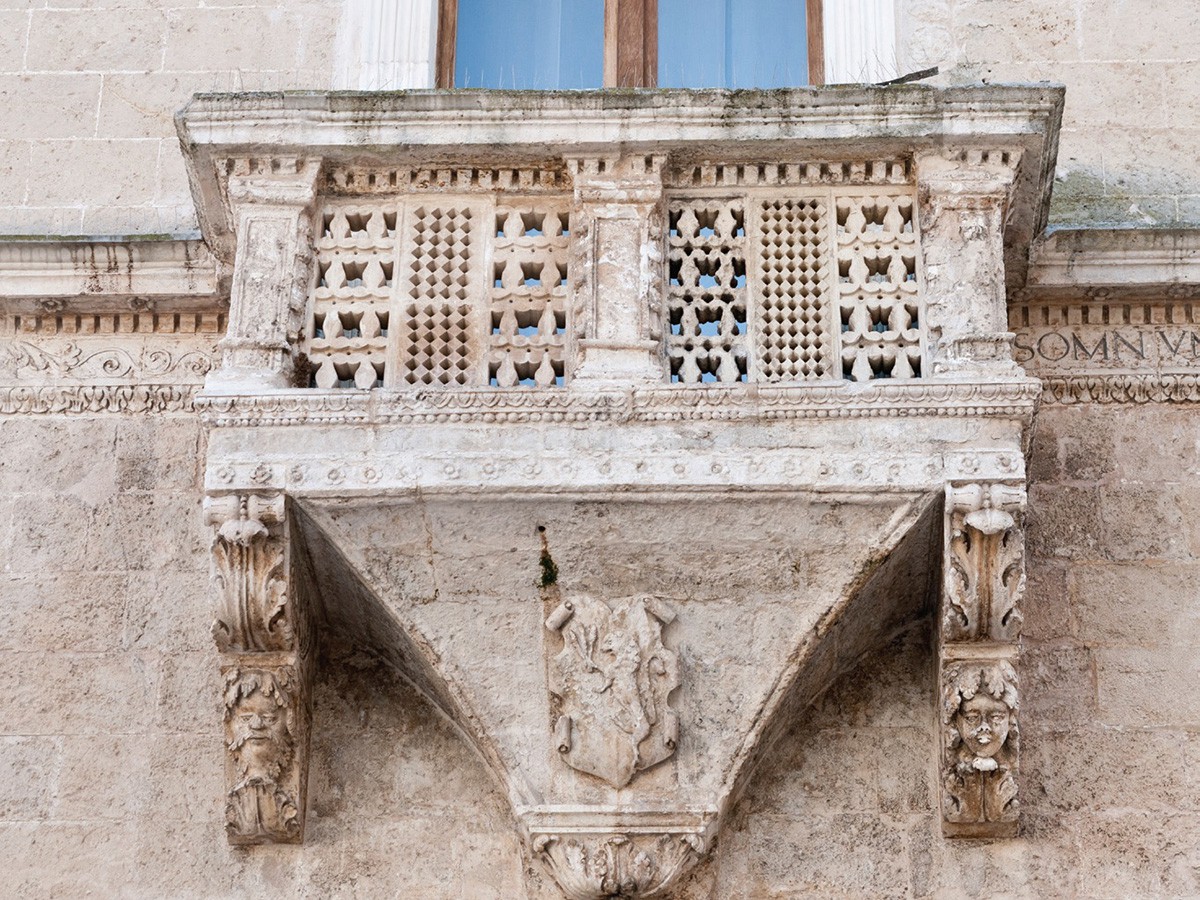
This 16th-century historic building in the city of Brindisi owes its name to the Granafei family, which built it in 1565 and lived there until 1862, when the palazzo was sold to the Nervegna family.
The main portal bears the Granafei coat of arms depicting a lion rampant holding ears of wheat in its front paws, symbolizing the family’s original profession, the wheat trade, from which its surname, “grana fert” (“fertile grain”), is probably derived. The decorations on the main façade are especially interesting, with some decorative elements of the balcony corbels being in part forerunners of the Baroque culture in the Brindisi area.
Annexed to the historic heart of the building is the former Court of Assizes, built in 1930 on the spot once occupied by the building’s garden. Today the former courtroom is the charming Hall of the Capital, which holds the last three original pieces of the symbolic monument of Brindisi, the so-called Roman Columns of the terminus of the Via Appia.
An ancient Roman domus was discovered inside Palazzo Granafei, which restores to us part of the mosaic floor which dates from the same period as the archaeological area that extends from in front of the palazzo and below the Nuovo Teatro Verdi. The area of the findings was in fact the heart of ancient Brundisium in the 1st century BC.
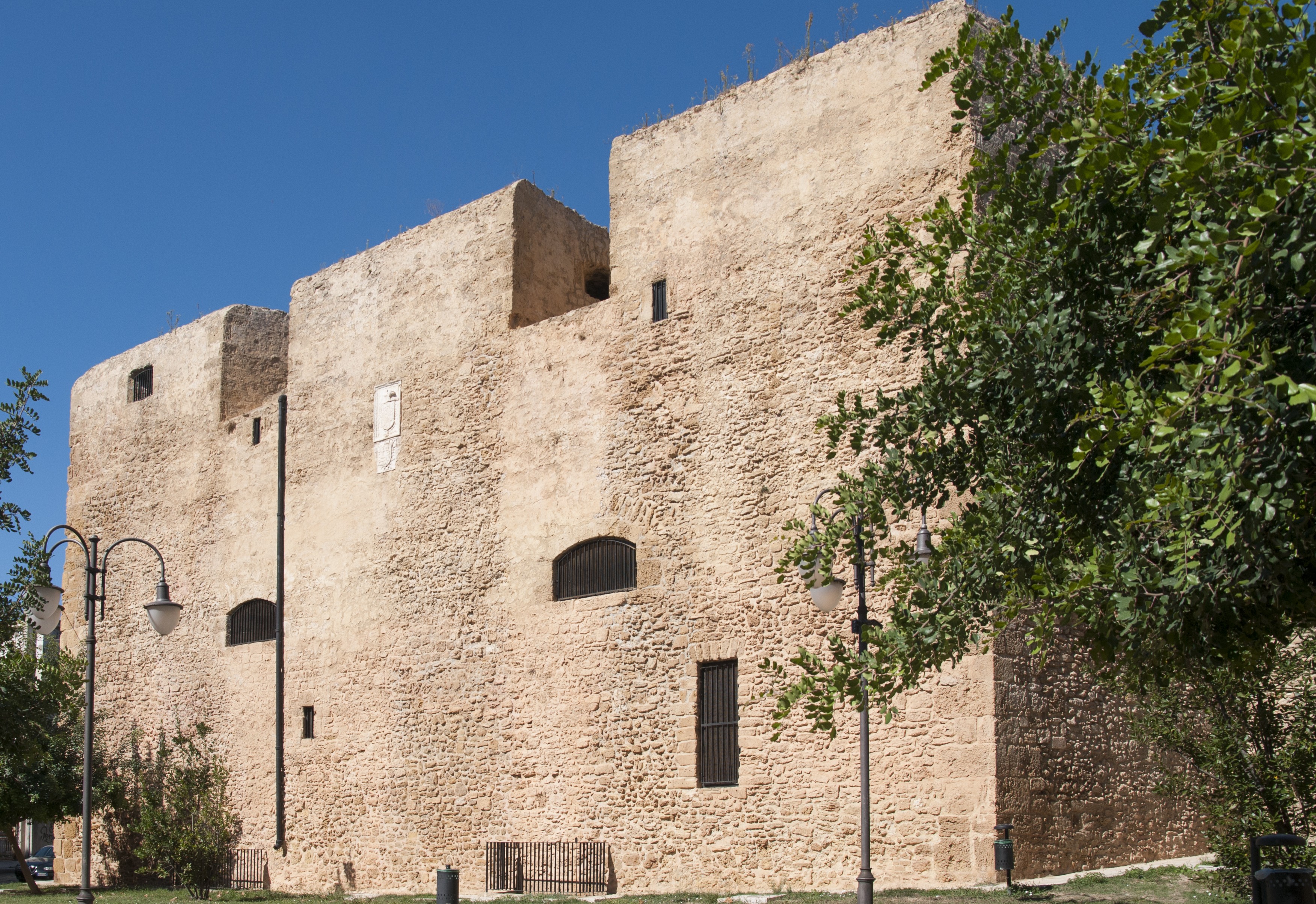
The oldest traces of the defense walls of the city of Brindisi date back to the Messapians, who also gave the city its name. With the arrival of the Romans the defensive curtain was expanded to include other parts of the city, and its development would continue throughout the Middle Ages and later in the Angevin and Aragonese periods.
On land the city was defended by its imposing walls, in which two gates still remain intact, Porta Napoli (or Mesagne) and Porta Lecce, and the four remaining ramparts (the Tower of Hell, Carlo V rampart, San Giacomo, “Arruinado” and San Giorgio rampart, which no longer exists today). According to what were the rules of military architecture in the 15th and 17th centuries, the ramparts take the form of small, stocky, strong fortresses, with battlements, wall walks and embrasures. These have a plan that was triangular (Carlo V rampart) or pentagonal (San Giacomo rampart) and are characterized inside by barrel vaults, while the Tower of Hell has a circular plan and is distinguished by its offensive design, with over forty machicolations. Its name was probably influenced by its threatening appearance.
Porta Napoli is the city’s oldest gate. It was built by the Swabian Emperor Frederick II when he decided to fortify the city, expanding the entire defensive system with the construction of the Svevo Castle. Next to Porta Napoli there are the remains of the Roman reservoirs into which flowed the water coming from the cisterns located outside the city.
Porta Lecce instead is the second entrance gate of Brindisi, and was built by Ferdinando D’Aragona in 1464. It is characterized by its intactness and the presence of a part of the defensive wall circuit erected to protect the city.
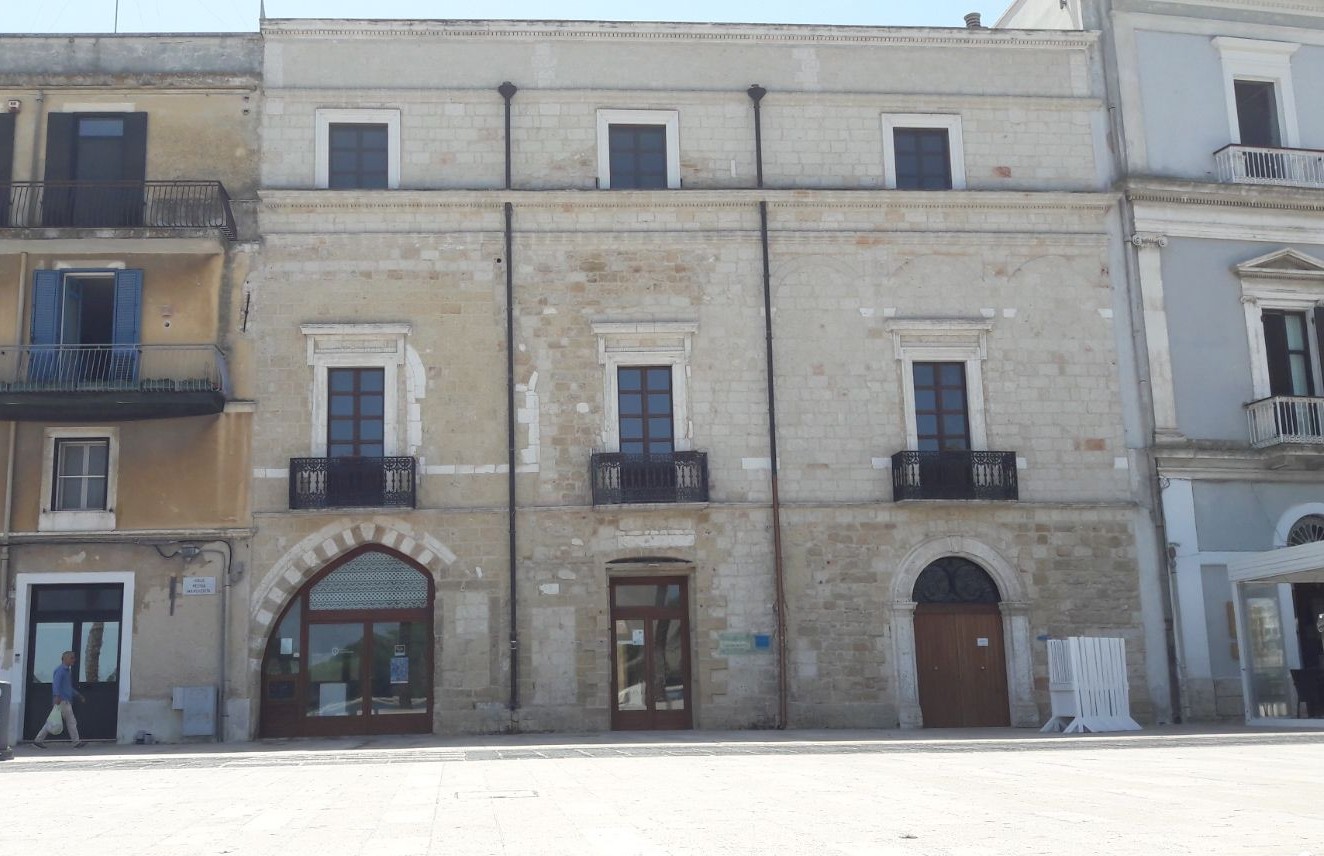
The Tourist’s House is one of the city’s most interesting buildings with the richest history. Located across from the docks of the harbor, this monument has always been a symbol of welcome for sailors traveling from Brindisi to the East. Its present-day appearance is the result of various reconstructions and expansions that have been done over the centuries.
The building stands by an older area where the baths of the ancient Roman city were located, over which a cemetery was later built together with the small church of San Giovanni dei Greci. In the Middle Ages, the area of the Tourist’s House held one of the temples of the Templar Knights, who, according to local sources, ran a hotel and a covered dock for accommodating small boats. Evidence of their presence on the site includes the four-pointed cross carved into the keystone in the entrance arch.
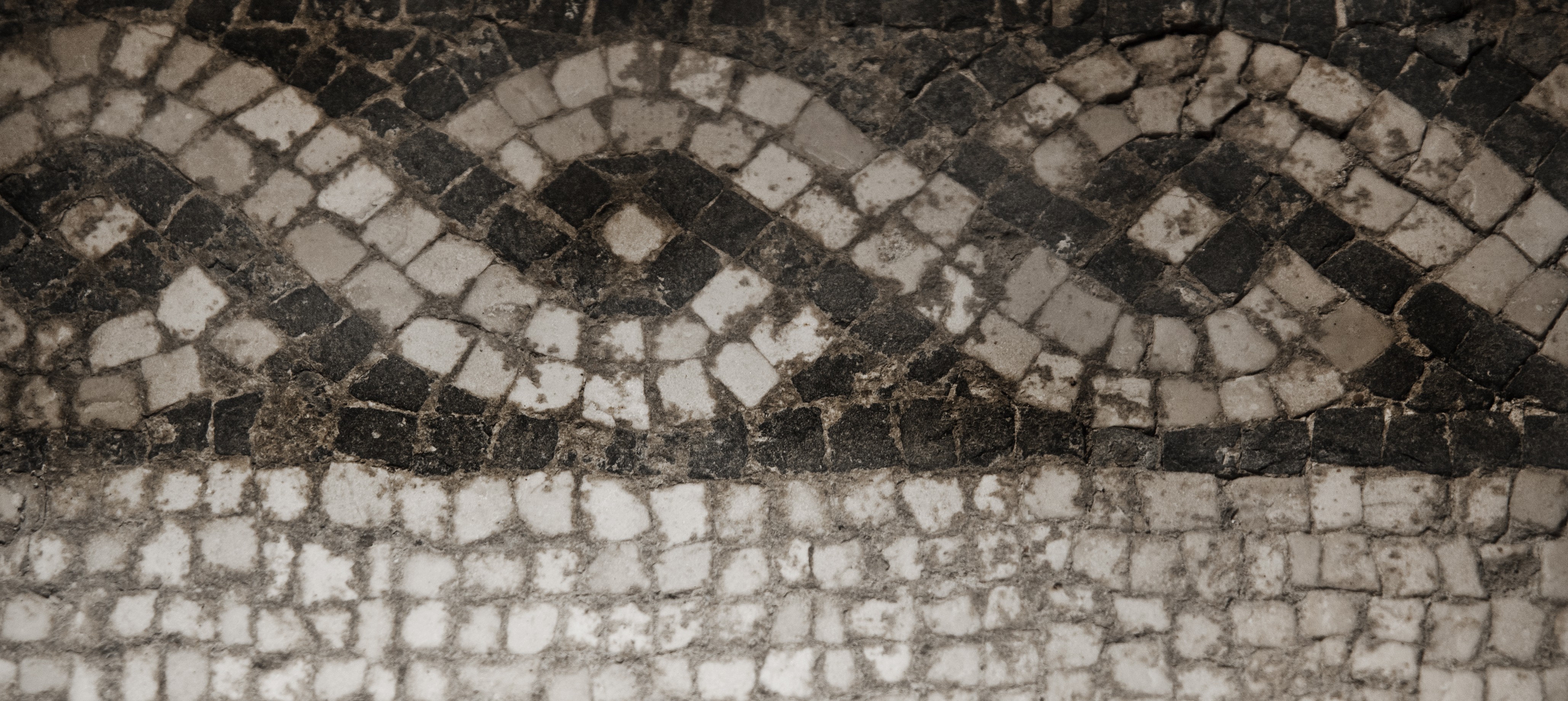
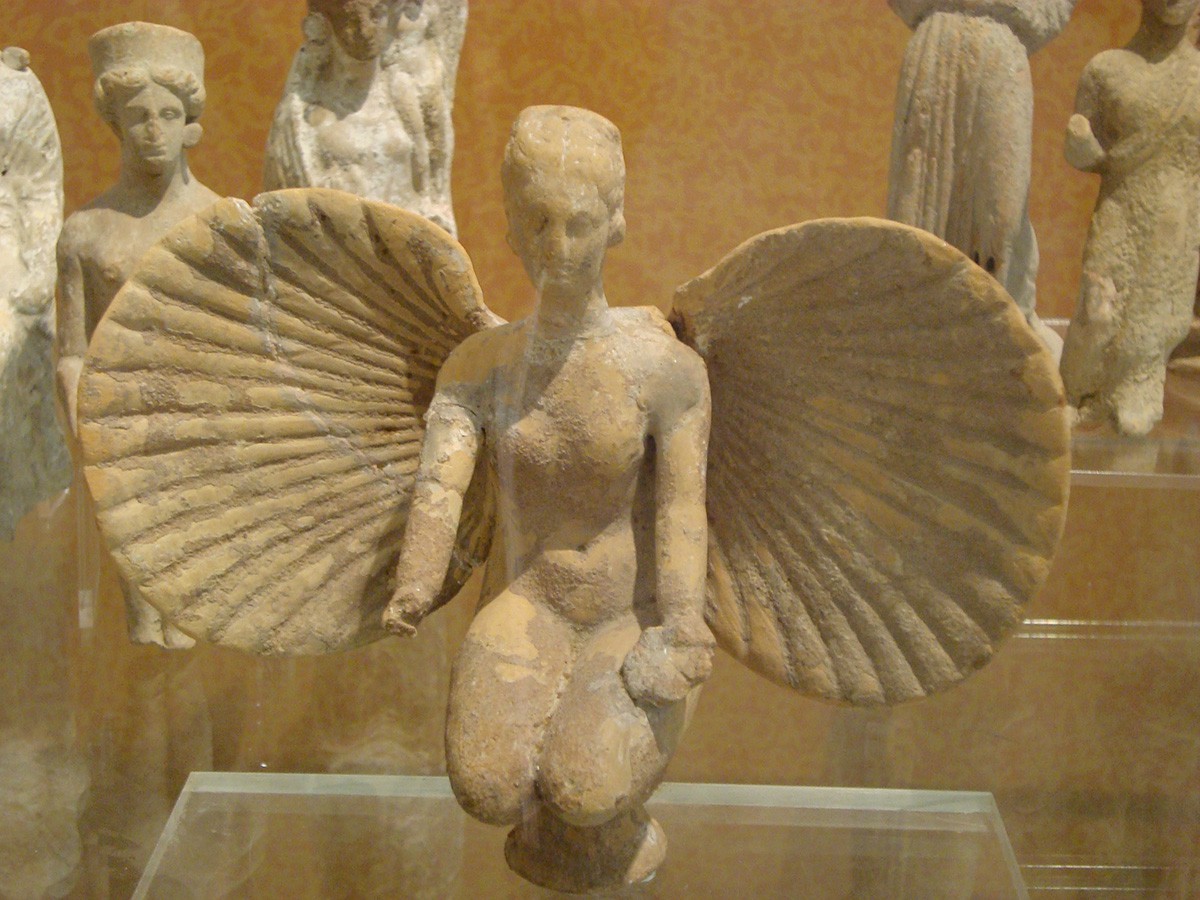
The Provincial Archaeological Museum (MAPRI), named after the archaeologist Francesco Ribezzo, was initially located inside the temple of San Giovanni al Sepolcro. The first core of the museum collection was initially made up of donations from some local collectors and materials found during local excavations. Soon this space was inadequate to contain the many artifacts from ancient Brundisium, and it became apparent that it was necessary to design a more appropriate building, which, after various vicissitudes, ended up at its current location.
Divided into different sections, the museum retraces the area’s history and archaeology, referring to the excavation campaigns conducted since the early 1900s, which document local history from prehistoric times to the end of the Roman Empire.
The exhibition rooms were further enriched during the 1970s, following the excavations conducted in the center of Brindisi, which unearthed the ruins of the ancient Roman town with its domus, mosaics and precious grave goods from the necropolis.
The collection has grown further with the latest finds from Punta del Serrone, a locality on the northern shore of Brindisi, where about 200 bronze pieces were discovered. The most interesting among these are the two life-sized male torsos dating back to the early Roman Imperial age. The itinerary ends with the fascinating visit of the hold of a merchant ship, a faithful reproduction based on the model of a wreck found on the seabed at Torre Santa Sabina (Carovigno).
